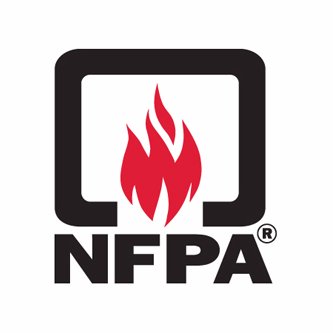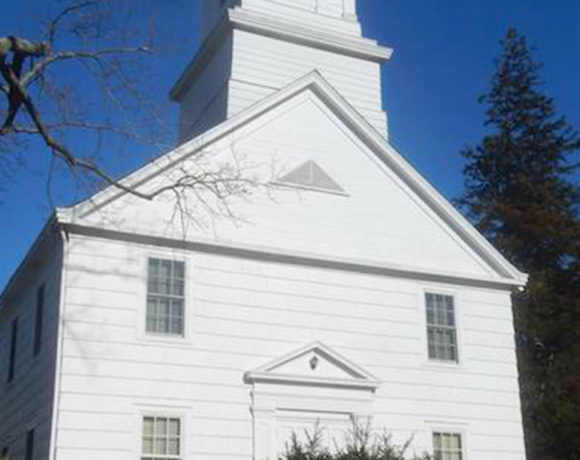|
Nearly one-third (29 percent) of Christmas tree fires occur in January
January 2, 2020 – If you’re having trouble parting with your Christmas tree, here’s a fact to motivate you: Nearly one-third (29 percent) of U.S. home fires that begin with Christmas trees occurs in January. With this potential fire hazard in mind, the National Fire Protection Association (NFPA) strongly encourages everyone to remove Christmas trees from their homes promptly after the holiday season. “Christmas trees are combustible items that become increasingly flammable as they continue to dry out,” said Lorraine Carli, NFPA’s vice president of Outreach and Advocacy. “The longer you keep one in your home, the more of a fire hazard it becomes.” NFPA statistics show that Christmas tree fires are not common, but when they do occur, they’re much more likely to be serious. On annual average, one of every 52 reported home fires that began with a Christmas tree resulted in a death, compared to one death per 135 total reported home structure fires. All Christmas trees can burn, but a dried-out tree can become engulfed in flames in a matter of seconds,” said Carli. “In recent years, we’ve seen tragic incidents where Christmas tree fires have resulted in deadly consequences for multiple family members, including young children.” NFPA recommends using the local community’s recycling program for tree disposal, if possible; trees should not be put in the garage or left outside. The association also offers these tips for safely removing lighting and decorations and storing them properly to ensure that they’re in good condition the following season:
For more information on home fire safety all winter long, visit “Put a Freeze on Winter Fires,” a winter safety campaign NFPA promotes annually with the U.S. Fire Administration. About the National Fire Protection Association (NFPA) |
NFPA encourages prompt removal of Christmas trees







Recent Comments